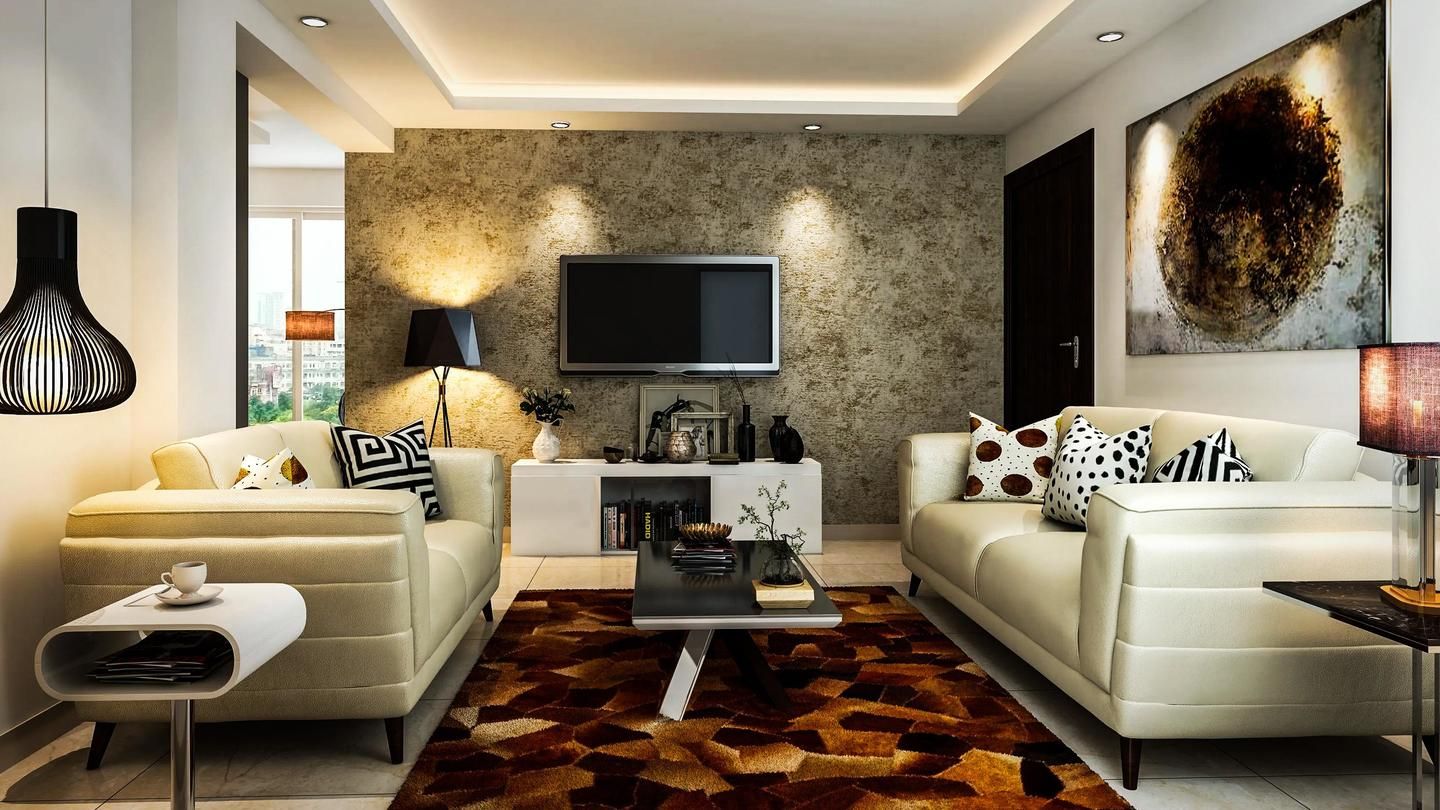
Room soundproofing is not just about buying the right materials or investing in expensive equipment. It’s also about understanding the causes of noise and making sure you address all potential sources when soundproofing your room. Poor quality soundproofing can have an immediate as well as lasting impact on surrounding areas, leading to dissatisfied neighbours and costly fines.
To avoid this, it’s important to take time to properly plan and execute soundproofing projects in order to maximise their effectiveness while at the same time minimizing their cost.
- Not Identifying the Source of the Noise
One of the most common mistakes people make when soundproofing their room is not identifying the source of the noise. This is important because you cannot soundproof your room if you do not know where the noise is coming from. There are a variety of ways to identify the source of noise, such as using a sound meter or simply paying attention to when the noise is most pronounced.
- Not Soundproofing the Walls
Another common mistake people make when soundproofing their room is not soundproofing the walls. Sound waves travel through walls, so if you want to soundproof your room, you need to soundproof your walls. There are a variety of ways to soundproof walls, such as using acoustic panels or installing insulation.
- Not Soundproofing the Doors and Windows
In addition to soundproofing the walls, it is also important to soundproof the doors and windows. Doors and windows are often overlooked when people are soundproofing their room, but they can be big sources of noise. There are a variety of ways to soundproof doors and windows, such as using weatherstripping or installing acoustic curtains.
- Not Using Mass Loaded Vinyl
Mass loaded vinyl is one of the best materials for soundproofing a room, but it is often overlooked. Mass loaded vinyl is a heavy, dense material that absorbs sound waves and prevents them from bouncing back into the room. It is important to use mass loaded vinyl in conjunction with other materials, such as insulation, in order to achieve the best results.
- Not Using Acoustic Caulk
Acoustic caulk is another great material for soundproofing a room, but it is often overlooked. Acoustic caulk helps to seal gaps and cracks in walls, doors, and windows, preventing noise from entering or escaping through these openings. It is important to use acoustic caulk in conjunction with other materials, such as mass loaded vinyl, in order to achieve the best results.
- Not Using Sound Absorbing Materials
In addition to using materials that block noise, it is also important to use materials that absorb noise. Sound absorbing materials help to reduce echoes and reverberation in a room, making it feel more comfortable and reducing the overall level of noise. Some common sound absorbing materials include acoustic panels and acoustic tiles.
In a Nutshell
Through room soundproofing, you can eliminate or reduce the amount of noise that enters or leaves the space. This is beneficial if you work from home, study often in your room, or simply want to relax in a quiet environment. Soundproofing a room takes some effort and planning, but it is worth it in the end. To get started, avoid making these common mistakes people make when soundproofing their rooms.
